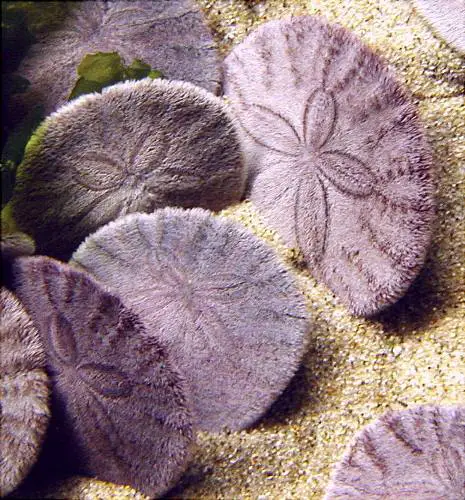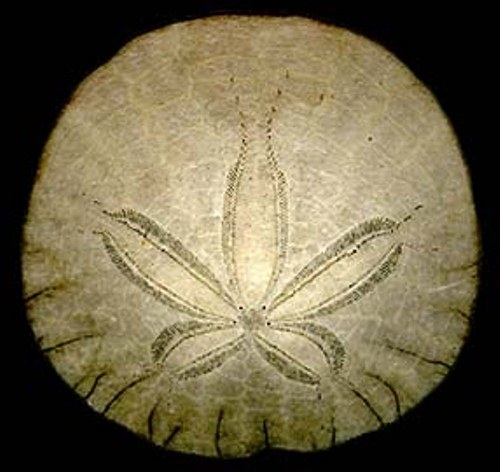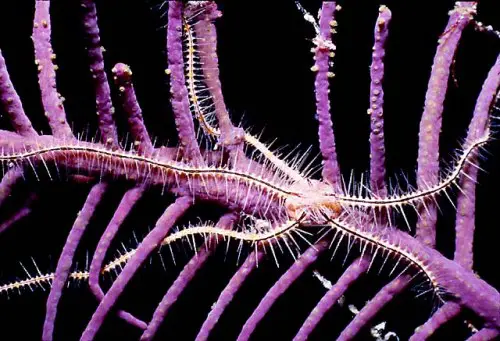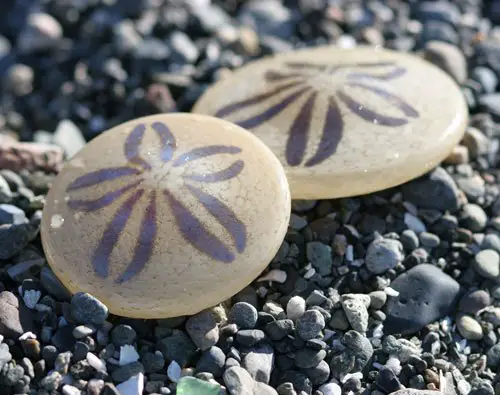10 Interesting Sand Dollar Facts
Sand dollar facts give you the opportunity to know more information about this item. The shape of this sea biscuit looks like a dollar. You can be a rich man on your own when finding many sand dollars on the beach. Now read the following sand dollar facts below.
Sand Dollar Facts 1: Shape of Sand Dollar
Sand dollar has interesting shape. It is like a sea biscuit. The shell is flattened and rigid. It has a disc shaped test. You can see it look like a dollar coin.
Sand Dollar Facts 2: Unique Animal
Sand dollar is a very unique animal. You will be impressed when you touch and see it directly. Most sand dollars that you can find on the beach have symmetrical body. The anus is located on the rear edge on the test, while the mouth is located on the middle of oral surface. Read coral reef facts to know another unique animal.
Sand Dollar Facts 3: Dendraster Excentricus
The species name of the unique animals is Dendraster excentricus. Their habitat is not deep down the ocean. They live under the sand. If you are curious about these animals, you can search them when vising Baja California and Alaska. They can be found on the low intertidal zone on the beach.
Sand Dollar Facts 4: Group of Sand Dollar
Sand dollars do not live alone. They live in groups and create a neighborhood. The urban dwelling groups are located miles away from the sandy ocean floor, while the suburban dwelling is seen only square feet from the ocean floor. Another animal living near the ocean is seen on puffin facts.
Sand Dollar Facts 5: Species of Sand Dollars
There are many species of sand dollars all over the world. They have different names to call. You can call it as sand cake, sea cookie or sea biscuit. The species of sand dollar can be differentiated through their color. You can see them in purple, green, blue, brown or black.
Sand Dollar Facts 6: Phylum Echinodermata
Sand dollar is included as a member of phylum echinodermata. This animal has a close relationship with other members of phylum Echinodermata such as sea cucumber, sea star and sea urchin.
Sand Dollar Facts 7: Feeding Time
Probably you are curious on how the animal can feed themselves. The small and large food particles will be captured by using the tiny appendages.
Sand Dollar Facts 8: Digging the Sand
One of the important behaviors of sand dollars that you need to note is the burrowing sand. This little and flat creature is set to dig the sand using tiny spines.
Sand Dollar Facts 9: Spawning
Spawning the way sand dollars reproduce. The female sand dollars will release the eggs and the males will release the sperm on the water. This reproduction time is seen on spring season.
Sand Dollar Facts 10: Adult Sand Dollars
If you want to know the adult sand dollars, choose the ones with the diameter at least 3 inches. An adult one usually has been living around 8 years.
The people who want to see the abundant sand dollars can visit the sandy bottom of Pacific and Atlantic coast. Are you interested to find more facts about sand dollars?








